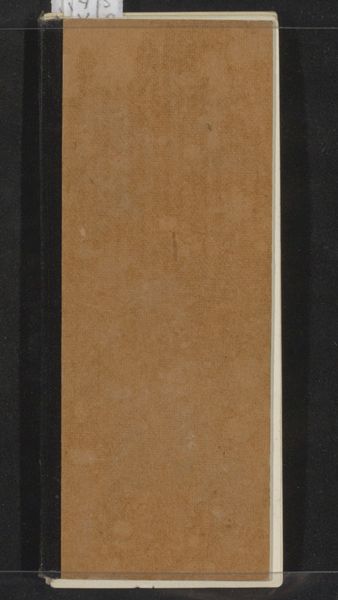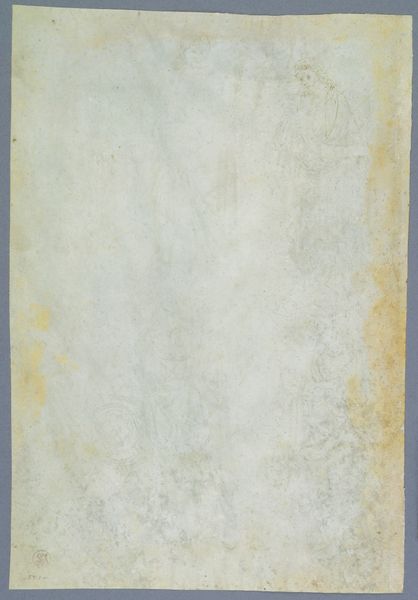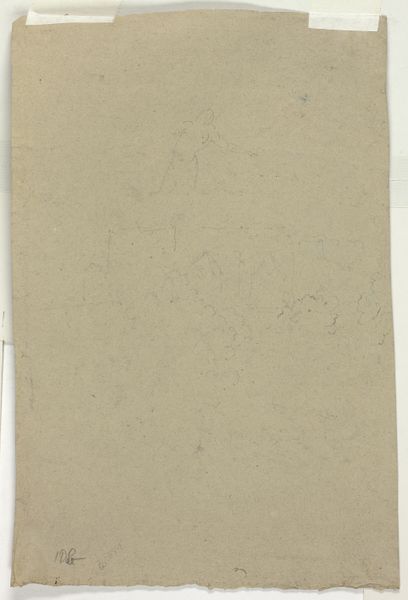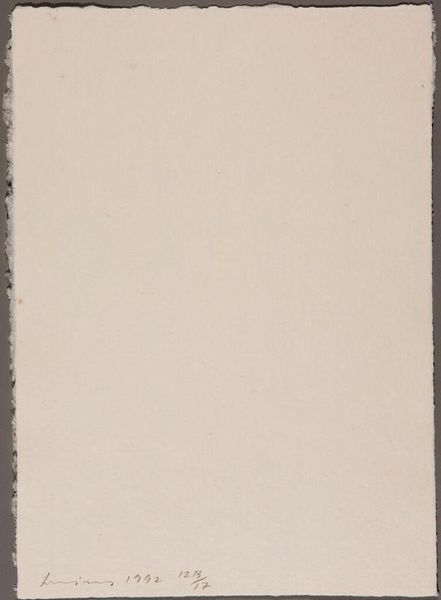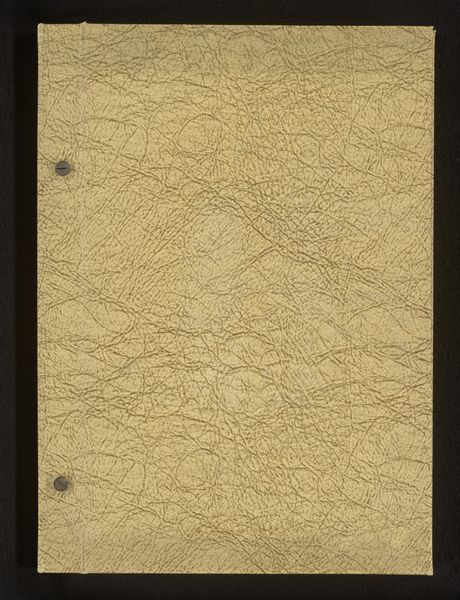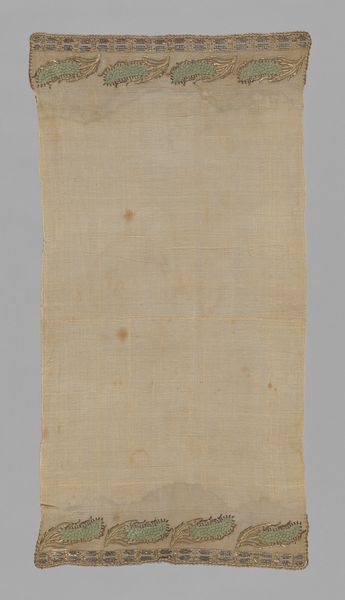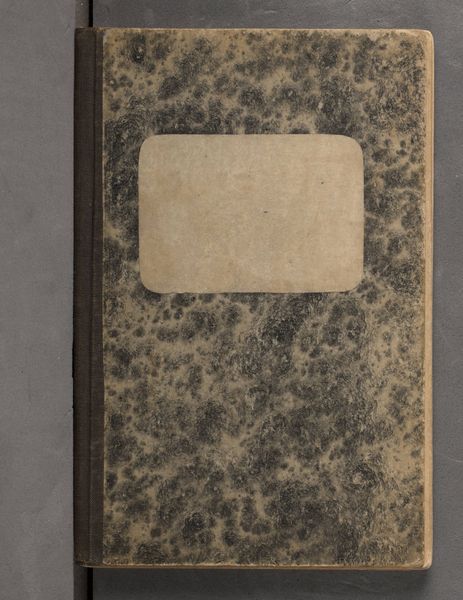
print, paper
#
aged paper
#
art-nouveau
#
homemade paper
#
paper non-digital material
#
paperlike
# print
#
bird
#
personal journal design
#
paper texture
#
paper
#
personal sketchbook
#
folded paper
#
paper medium
#
design on paper
#
calligraphy
Dimensions: height 478 mm, width 213 mm
Copyright: Rijks Museum: Open Domain
Editor: This is Theo van Hoytema's "Kalender voor 1907 met vogels" from 1906, a print on paper housed here at the Rijksmuseum. The aged paper gives it such a tactile quality; it really emphasizes the handmade element. What do you make of this piece? Curator: It's a fascinating example of how Art Nouveau intersected with everyday life and, significantly, the means of production. Hoytema's choice of paper – its texture and likely handmade quality – immediately elevates the ‘craft’ aspect, pushing back against industrial norms. How does this resist what would have been the norm in mass-produced calendars? Editor: I hadn't considered the 'craft' element as a form of resistance! Do you mean how mass-produced calendars were becoming so common and homogenized? Curator: Exactly! Look at the printed image; consider the labor involved. This wasn’t about speed or efficiency; it was about a deliberate slowing down, a valuing of process and material. The bird motif, common in Art Nouveau, takes on a different meaning when considered within this context. Editor: How so? Curator: Think of birds representing freedom, and how that freedom might extend to the maker and their choice to create against the grain. Hoytema probably wasn’t interested in high-art fame and fortune, but he certainly controlled his materials, didn’t he? Editor: So, he chose control over mass production? That's very different to simply choosing aesthetics, and highlights artistic choice as a response to the socio-economic situation. It really reframes how I see Art Nouveau now. Curator: Precisely. Focusing on the material conditions brings forward this fascinating contrast. We have a decorative item, like the calendar, that transcends beyond just aesthetics.
Comments
No comments
Be the first to comment and join the conversation on the ultimate creative platform.



